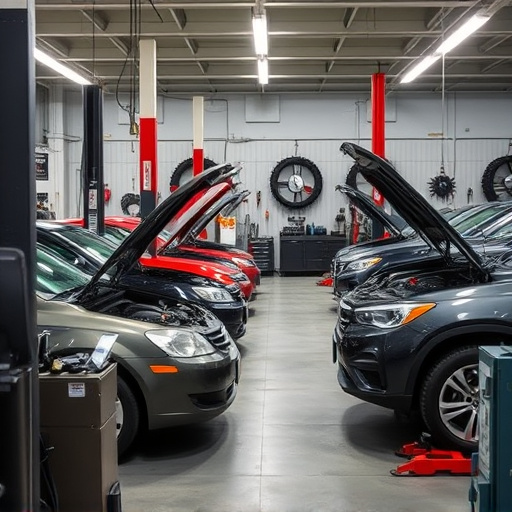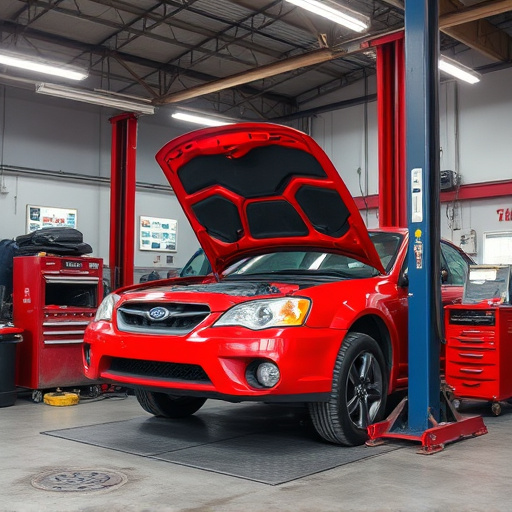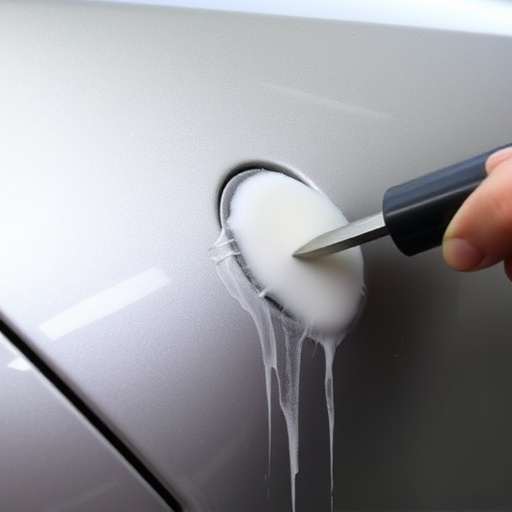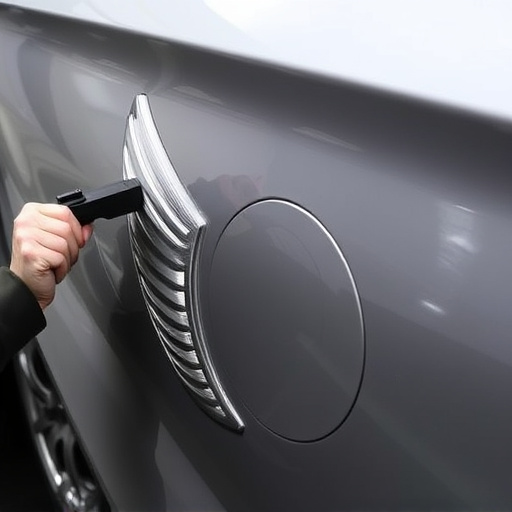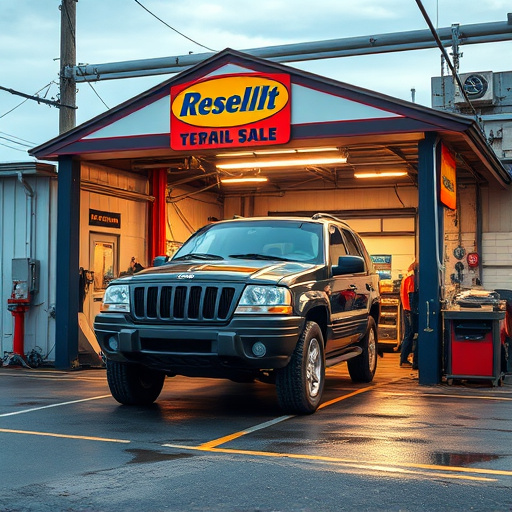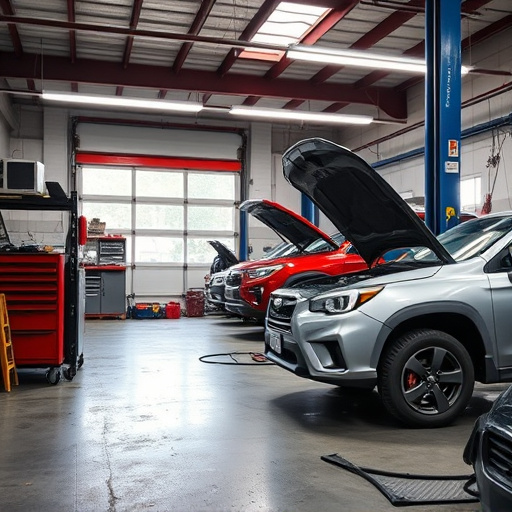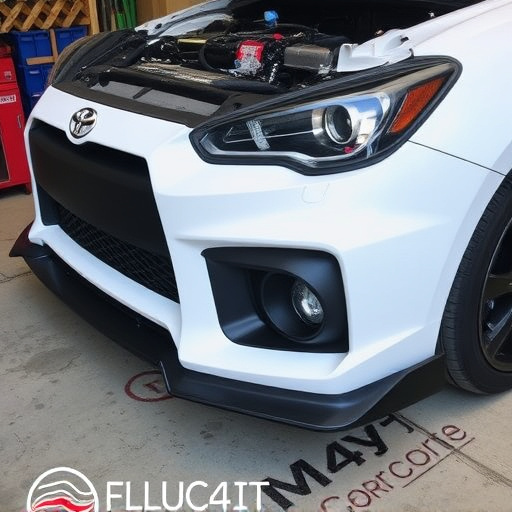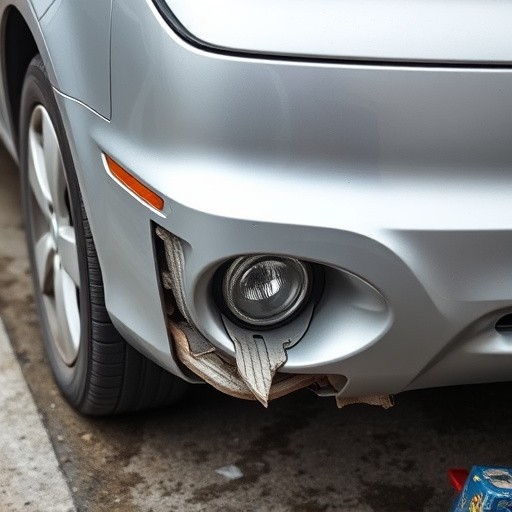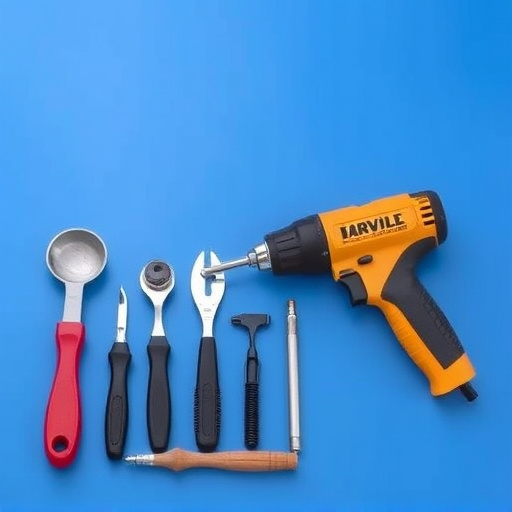Glass replacement certification is a vital aspect of automotive industry safety and quality, ensuring that window and frame repairs meet strict strength, durability, and functionality standards. Certifying bodies play a crucial role by rigorously testing and verifying replacements against manufacturer specs and regulations. Auto body services and Mercedes-Benz repair shops must understand these certifications, providing proper training for technicians and monitoring compliance to maintain glass replacement integrity, ultimately enhancing road safety for all drivers.
Glass replacement certification ensures safety and quality across industries. But who’s watching the watchers? This article delves into the intricate process of monitoring compliance within the glass replacement certification ecosystem. We explore the critical role of certifying bodies, their processes, and responsibilities in upholding rigorous standards. Understanding these dynamics is key to fostering trust and ensuring the integrity of glass replacement practices throughout various sectors.
- Understanding Glass Replacement Certification Standards
- The Role of Certifying Bodies in Compliance Monitoring
- Ensuring Quality and Safety: Processes & Responsibilities
Understanding Glass Replacement Certification Standards

Glass replacement certification is a crucial aspect of ensuring safety and quality in the automotive industry, particularly when it comes to repairs involving vehicle windows and frames. These standards are designed to guarantee that any replacements meet specific criteria for strength, durability, and functionality. The process involves rigorous testing and verification to confirm that the glass and its installation adhere to manufacturer specifications and regulatory requirements.
For auto body services and mercedes benz repair shops, understanding these certification standards is essential. It includes proper training for technicians in handling auto frame repair, ensuring they are equipped with the knowledge to install or replace windows accurately. Compliance monitoring ensures that only qualified professionals work on vehicles, maintaining the integrity of the glass replacement process and ultimately enhancing road safety for all drivers.
The Role of Certifying Bodies in Compliance Monitoring

The certifying bodies play a pivotal role in maintaining the integrity of glass replacement certification processes. These organizations are tasked with ensuring that all installations adhere to strict standards and guidelines, thereby guaranteeing safety and quality across the industry. They achieve this through rigorous examinations and inspections, where trained professionals assess every aspect of the replacement process. From the selection of materials to the precise fitting, no detail is overlooked.
These bodies also facilitate ongoing monitoring by requiring regular updates and audits from glass replacement specialists. This continuous oversight is crucial in the automotive repair, collision repair services, and vehicle repair sectors, where precision and safety are paramount. By holding businesses accountable to these standards, certifying bodies contribute to a reliable and consistent level of service across the board, providing peace of mind for both consumers and professionals alike.
Ensuring Quality and Safety: Processes & Responsibilities

Ensuring quality and safety are paramount in the glass replacement certification process. This involves rigorous standards and protocols designed to guarantee that only skilled professionals handle vehicle paint repair, auto collision repair, and car body repair tasks. Specialized training and certifications are required for technicians working on glass replacement to ensure they possess the necessary expertise.
These processes include thorough inspections, adherence to manufacturer guidelines, and the use of high-quality materials to prevent any compromise in structural integrity. Responsibilities extend to maintaining accurate records, adhering to environmental regulations, and conducting periodic audits to verify ongoing compliance with industry standards. This comprehensive approach ensures that every glass replacement is carried out competently, enhancing road safety and vehicle longevity.
In conclusion, effective monitoring of compliance in glass replacement certification is pivotal for maintaining high standards of quality and safety. Certifying bodies play a crucial role in ensuring that all installations meet the required criteria, thereby safeguarding both buildings and their occupants. By adhering to strict processes and responsibilities, these bodies contribute to the integrity of the glass replacement industry, promoting public trust and ensuring every replacement is up to par.
